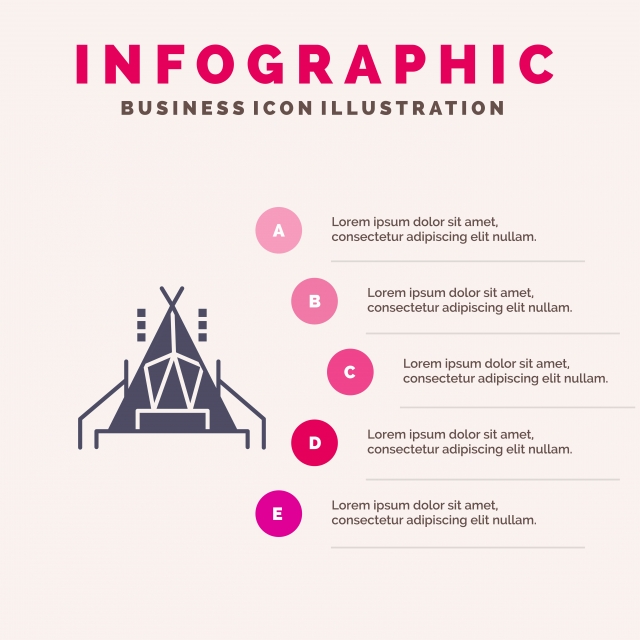The Grasp Drawback is a simple and secure method to establish tent person lines. It's additionally a fantastic method for backing out a stubborn camping tent peg. It can also be made use of to create a flexible tarp guy line where the adjustment is made at the tent/tarp end. It works in high winds as it doesn't slide.
1. Bowline
Bowline is a knot that makes a loop at one end of a rope. It's simple to tie and unknot, and it stands up to jamming quite well.
It's likewise a great knot to utilize for signing up with 2 lines with each other, although it's typically recommended that you utilize a various technique (such as a sheet bend or square knot) for this objective, to avoid having both separate bowlines put on against each other gradually and weaken the line.
One prospective trouble with bowlines is that they can quickly jam or bind if the functioning end is incorrectly gone through the bunny hole. A number of essential failures have actually been reported as a result of this, particularly when made use of in climbing applications. To aid prevent this from happening, you can make a left-handed bowline by passing completion around the standing part of the loop as opposed to through it, as displayed in the computer animation listed below. This variation reportedly does much better and endures ring stress (a distending pressure used either side of the knot) better than the common bowline.
2. Grasp Hitch
Using these grasping drawbacks to secure your person lines aids you stay clear of the problem of your line jamming while changing or tightening them. They are additionally helpful when connecting a line to an object that is more difficult to reach than your standing end, such as a tree or big support item.
The Hold Drawback is a rubbing knot that can be easily shifted up or down the line while slack however holds firm under tons. It serves for tensioning ridgelines or individual lines and for camping applications to secure tarpaulins or outdoors tents.
To link the Grasp Drawback, pass the working end around the standing part twice and tuck it under itself. To tighten, pull on the functioning end to develop a bight and afterwards make use of the bight to safeguard the knot to itself. For added security, you can wrap the working end around the standing part three times to increase friction and avoid the hitch from slipping under tons.
3. Midshipman's Drawback
Likewise called the Taut Line Hitch (ABOK # 1856, p 310), Flexible Hitch, or Rigger's Hitch this knot creates an adjustable loop at the end of a rope that can be slid up and down the standing end yet still holds snugly when tightened up. It is additionally simple to untie while under load.
Ashley recommends this knot for a tent individual line due to the fact that unlike the bowline it outdoor shelter can be linked while under tons and is much less susceptible to twisting. It likewise creates an intermediate Awning Hitch that can take the preliminary load while connecting the final Fifty percent Hitch
To use this knot cover the working end around an item such as a post or cleat. Next pass it back towards the things through the initial Half Drawback creating a second Awning Drawback. Finally surface linking the final Half Drawback and pull hard to gown and tighten up. For additional safety cover a second Midshipman's Hitch on top of the very first.
4. Flexible Grasp Hitch.
The Flexible Grasp Hitch, likewise called the Crawley Adjustable Hitch and the Adjustable Loop Knot, is a rubbing drawback that can be easily moved up or down a line with slack yet holds firm under lots. It is typically utilized for readjusting tent ridge lines or tarps around camp.
This slide-and-grip knot supplies excellent grip and is simpler to connect than the Tautline Drawback or Midshipman's Drawback, but shouldn't be utilized for essential applications because it may slide when shock filled. It can be improved by adding added beginning turns to increase the "grip" and friction in slippery products.
To link this rubbing drawback, pass the functioning end around the object, then wrap it back together with itself and put completion under the 2nd turn. Draw the working end to tighten the knot.
